Starting from scratch
The corps has built a number of large and medium-sized enterprises to lay the foundation for the industrial development of Xinjiang.
In the winter of 1956, the XPCC's plan to establish a sugar factory in Shihezi was approved.
As one of the initiators of the factory, Li Tingzhi remembered all his comrades were asked whether they wanted to use their military severance pay to build a sugar factory, and they all agreed to the proposition.
When building key facilities for the plant, such as crystallization tanks, evaporation tanks and leaching tanks, steel plates needed to be pressed into curved shapes.
Due to the lack of a rolling machine, XPCC members had to hammer the steel plates by hand. The surface temperature of the heated steel plates reached up to 800 C and many members of the corps suffered nose bleeds and facial burns.
After more than a year of hard work, the first large-scale modern sugar factory in northwestern China, the Bayi Sugar Factory, was completed and put into operation on Dec 7, 1959. At the time, the factory set an industry record for the speed and size of the construction work.
Other industrial achievements in the region quickly followed.
On July 20, 1960, the first glossy paper produced by the Bayi Paper Mill in Xinjiang was produced; on Aug 1, 1960, the second-largest cotton textile enterprise, the Bayi Cotton Textile Factory, was completed and began trial production; and on Dec 31, 1960, the Bayi Woolen Textile Factory produced the first wool top in Xinjiang.









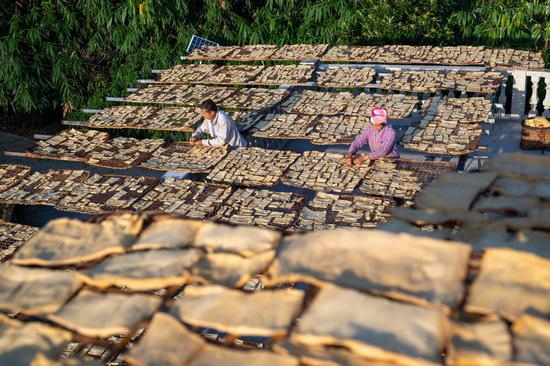





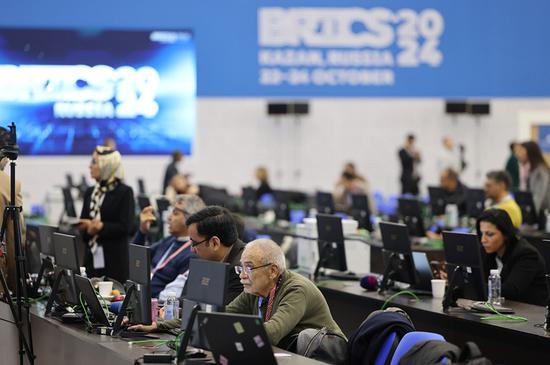

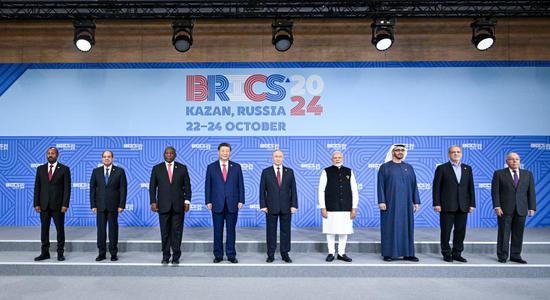




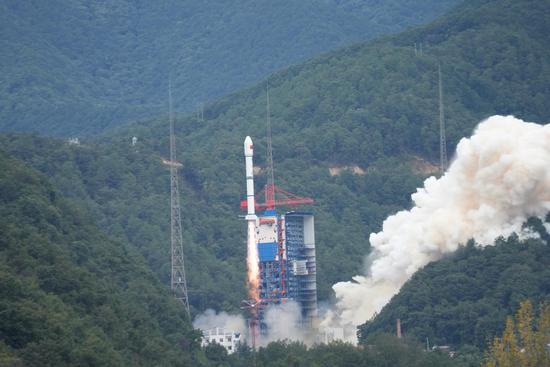




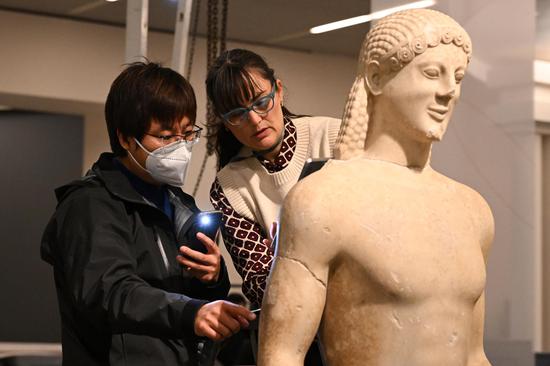


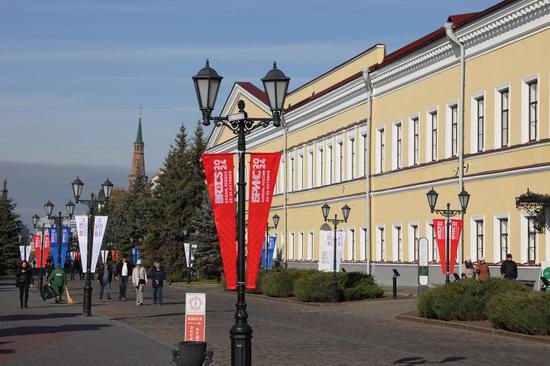

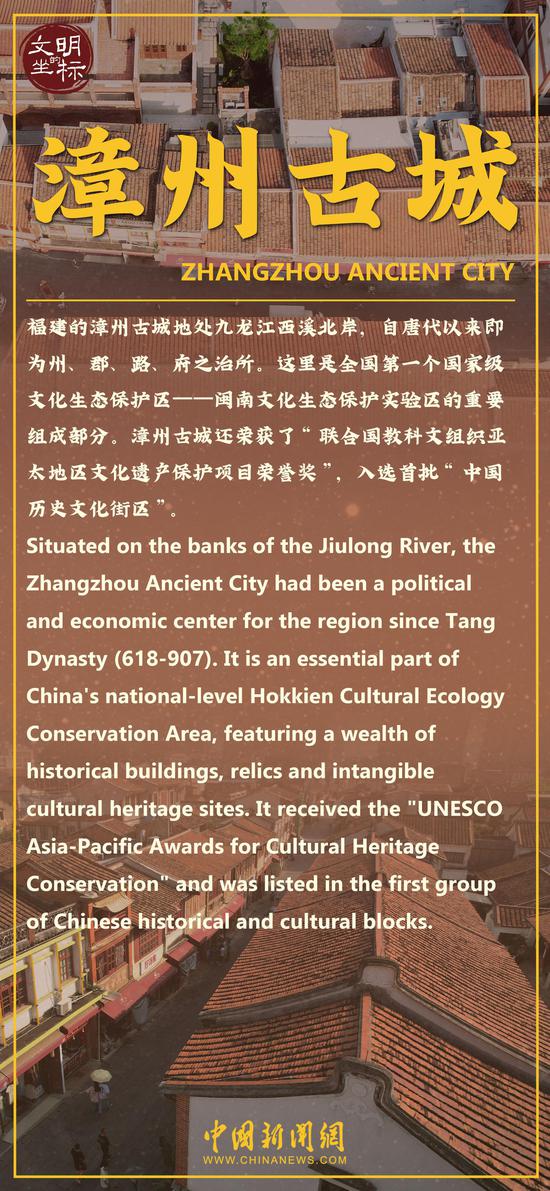

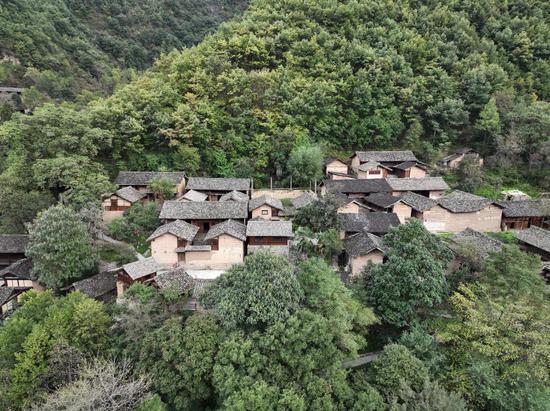



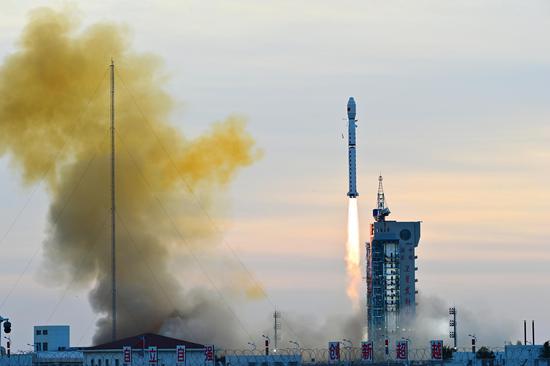




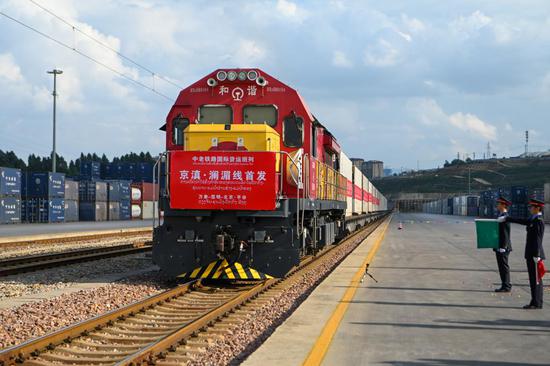




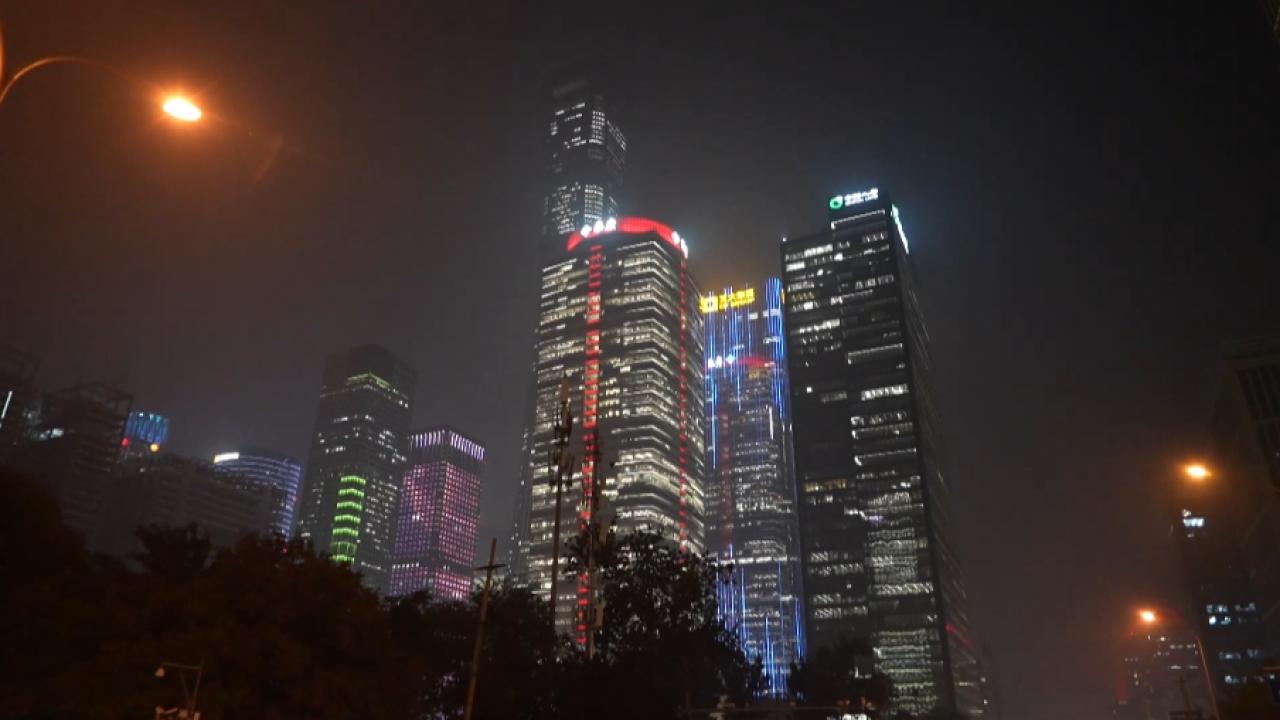

 京公网安备 11010202009201号
京公网安备 11010202009201号